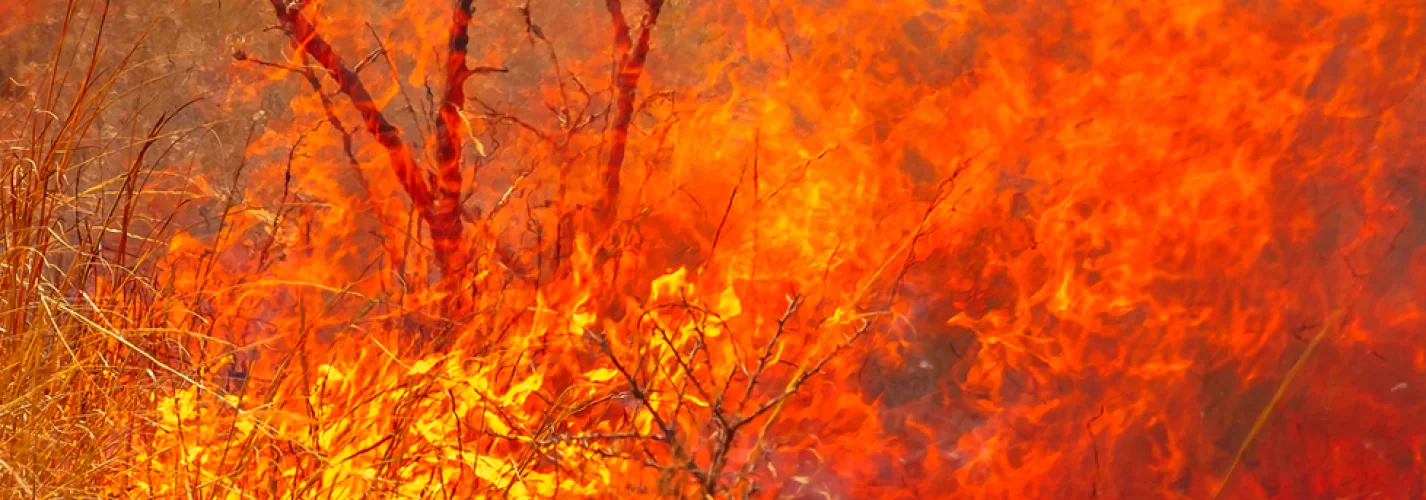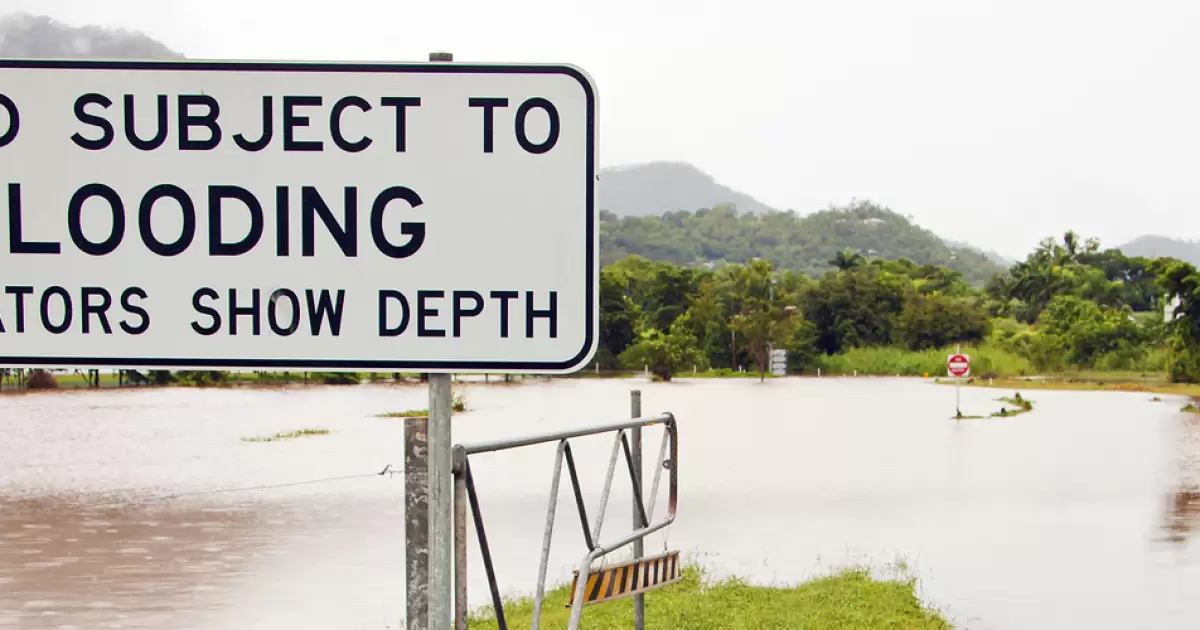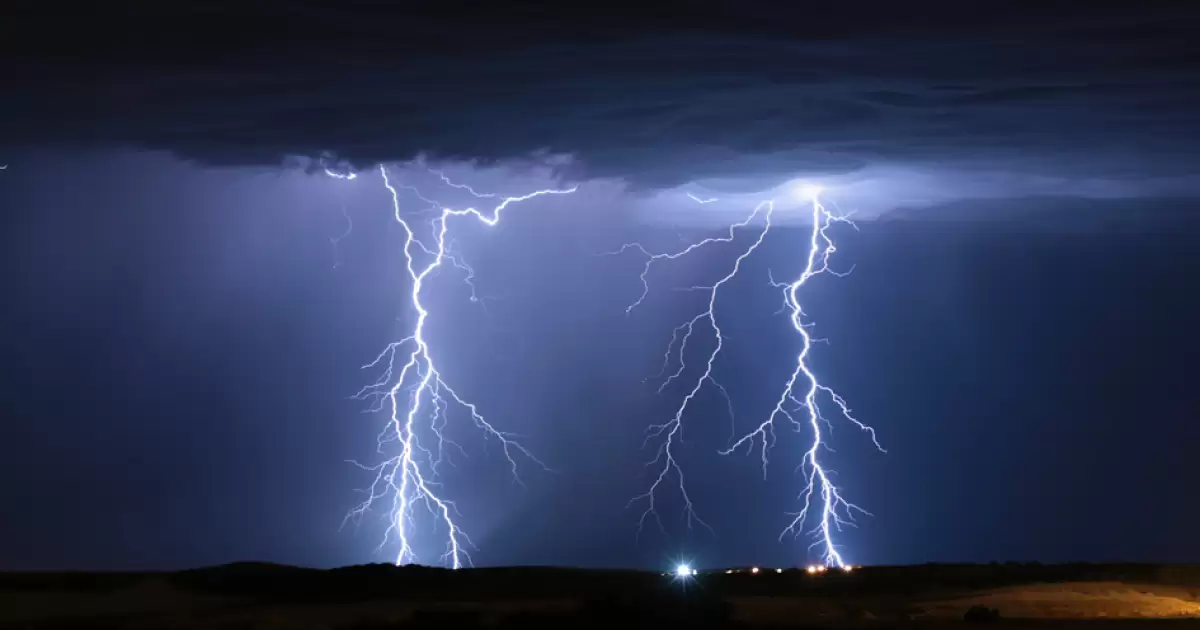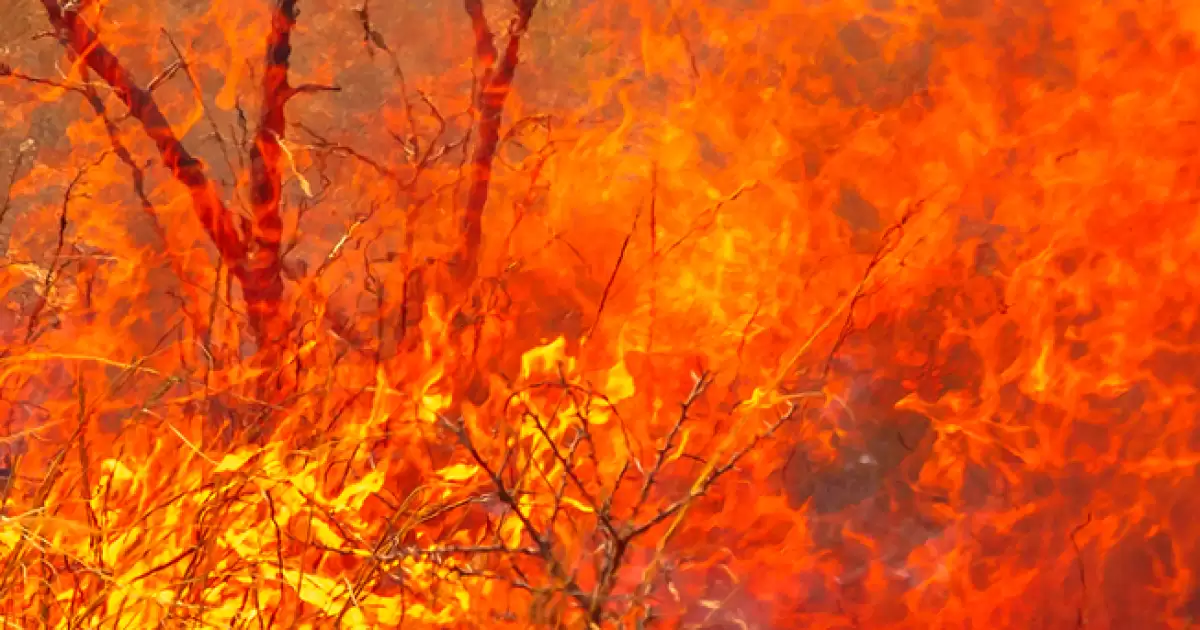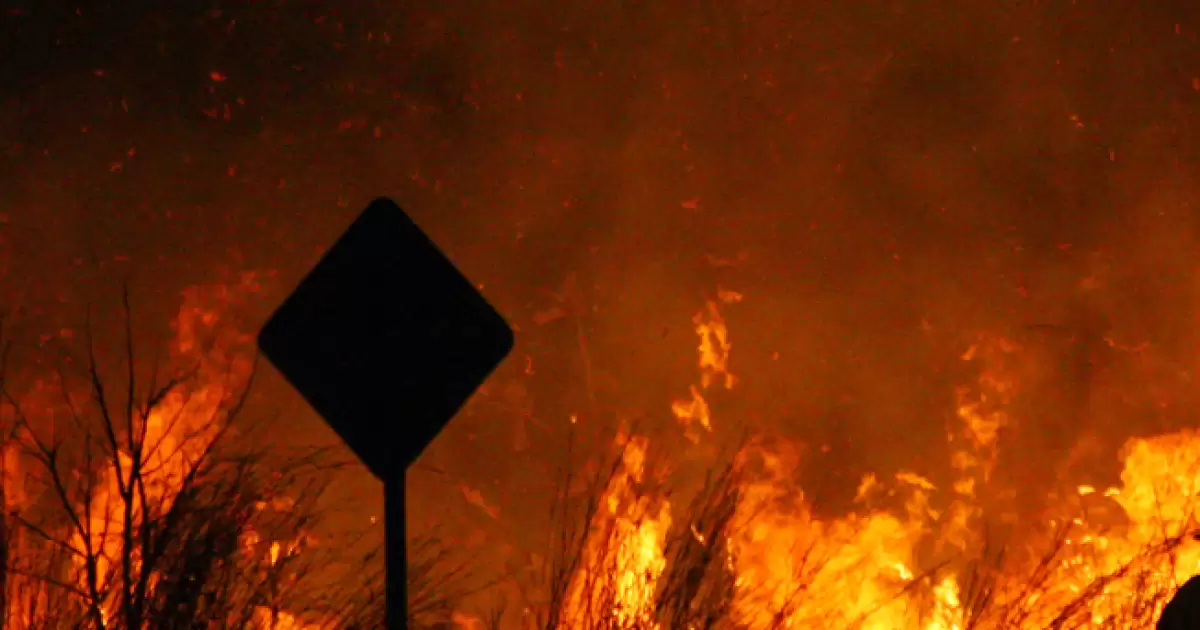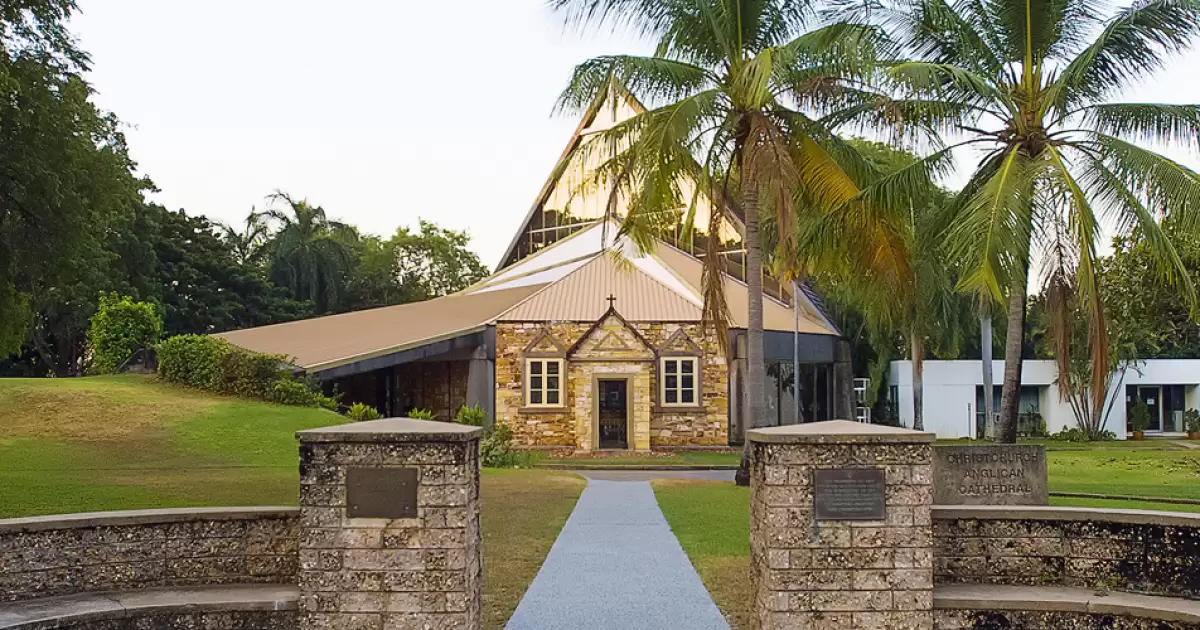Fires have claimed many lives throughout history, it has destroyed people's homes and livelihoods, and reduced thousands of hectares of forest to charcoal and ash. Fires are able to sweep through the most arid regions, in years when good wet season rains are followed by a long dry spell. Fire embers can travel up to 40 kilometres ahead of the fire front and fire speeds can reach over 25 km’s per hour.
The dry summer months are the danger time for southern Australia, as are the winter months over northern Australia. South eastern Australia has the reputation of being one of the three most fire-prone areas in the world.
The danger period in most parts of the country is from late spring to summer. During this time observe simple safety precautions.
- Before starting a journey, inform yourself of bushfire risks (social media is a good place to find out if anything is burning).
- Use designated fireplaces when camping or picnicking and comply with warning signs and total fire bans.
- Always extinguish fires completely with water, and cover with sand if possible.
If there is an extreme fire danger authorities may declare a Total Fire Ban covering all parts of the region/state or designated areas. During a total fire ban no fires can be lit in the open. This includes campfires and portable stoves of any kind. Severe penalties apply.
But fires do happen & it’s important that you know how to protect yourself when they do.
Camping in Australia's dry country can be an unforgettable experience, but it's important to take preventative measures when it comes to wildfires. Before setting up camp, always check the fire danger ratings for the area and adhere to any fire restrictions in place. When building a fire, use designated fire pits and never leave it unattended. Make sure to keep a bucket of water and a shovel nearby, just in case.
When travelling/holidaying in high fire risk regions:
- Always notify your family and friends of your plans and intentions to stay or go.
- Think about what kind of activities you want to take part in on hot, dry and windy days.
- Make sure your bushfire survival kit is ready and you know of its location.
- Know the most up-to-date fire danger rating in the area you’re travelling to.
- If you intend to travel to a high-risk bushfire area, know the location of the nearest safe place, meeting point or evacuation centre and how to get there.
- Find out what bushfire safety plans are at your destination.
- Learn about fire danger ratings and what they mean, so you know whether to stay or leave the area.
- Don’t leave it too late to leave. It is dangerous to leave after there are signs of fire in your area. Plan when you will leave, where you will go and how you will get there.
- Identify several exits to ensure you can leave safely if your planned route is blocked.
- Have protective clothing to shield you from deadly radiant heat.
- Stay cool and keep drinking water to stay hydrated.
If caught in a vehicle in a fire affected area:
- Wind up windows, close vents, put your vehicle hazard lights and headlights on, leave the engine running and turn your air conditioning on recycle air.
- Get down below the window level in your car with a woollen blanket covering you until the fire passes. Keep hydrated.
- Wait until fire has passed by before leaving your car.
Leaving a high fire-risk area early when fire is present is always the safest option.
These are just general guidelines. If you are more interested in how to stay safe while travelling, or want to know what areas are tinderboxes, then get in touch with the following emergency services:
FOLLOW Emergency Services
UPDATES
EMERGENCY RESPONSE TIPS
Emergency Contacts
- DFES - 13 33 37 (Recorded emergency info)
- In immediate danger? - 000
- ABC Radio – tune into 891 AM
- ABC Emergency
www.abc.net.au/emergency/
Keep in Contact
Stay in touch with friends and neighbours. Be aware of your community's state of preparedness and road closures. See if your community has a Facebook or Twitter social media account or group, and join. Keep up to date with those that are posting updates.
Weather Conditions
Be aware of changing forecasts & wind directions and speeds.
- Bureau of Meteorology
www.bom.gov.au
Be Decisive - Make a Plan
The single biggest killer is indecision. Surges of water can appear very quickly, so you should have a plan. To survive a flood, you must be prepared to make your own decisions.
STAY INFORMED
ACT
- ACT State Emergency Service
esa.act.gov.au
NEW SOUTH WALES
- NSW State Emergency Service
www.ses.nsw.gov.au
NORTHERN TERRITORY
- NT Police, Fire & Emergency Services
pfes.nt.gov.au/contact-us
QUEENSLAND
- QLD State Emergency Service
qldsesvamembers.memnet.com.au
SOUTH AUSTRALIA
- SA State Emergency Service
www.ses.sa.gov.au
TASMANIA
- TAS State Emergency Service
www.ses.tas.gov.au
VICTORIA
- VIC State Emergency Service
www.ses.vic.gov.au
WESTERN AUSTRALIA
- WA State Emergency Service
ses-wa.asn.au
